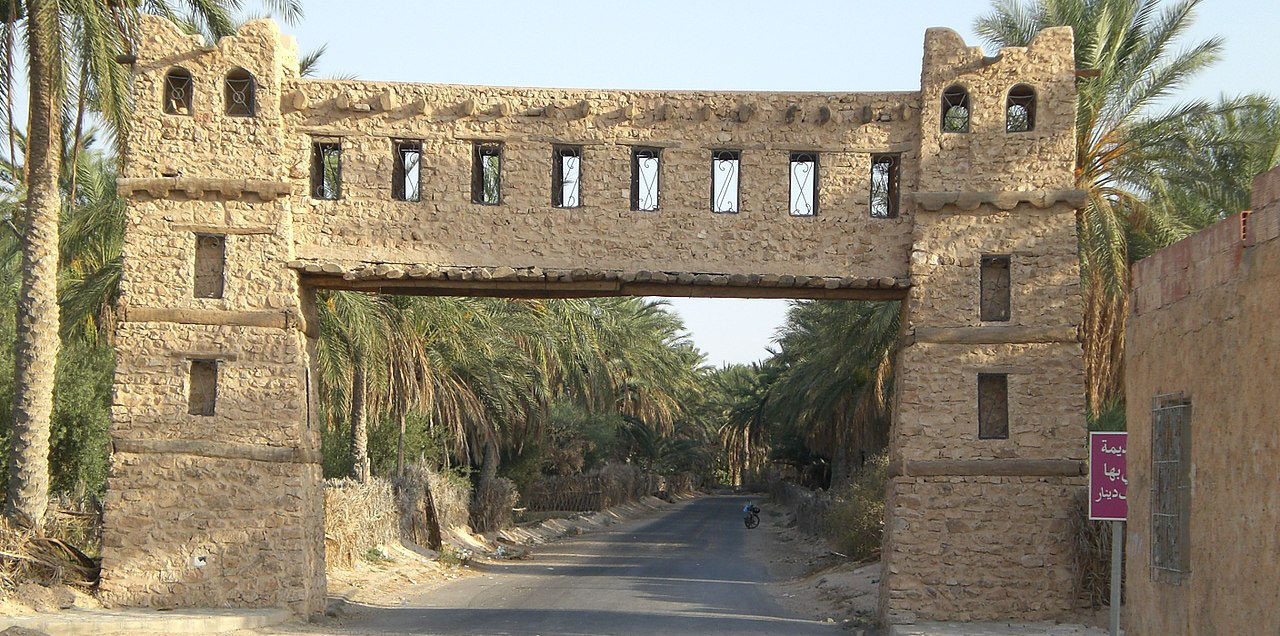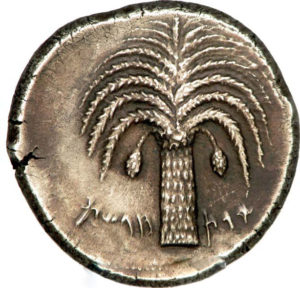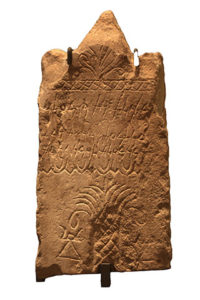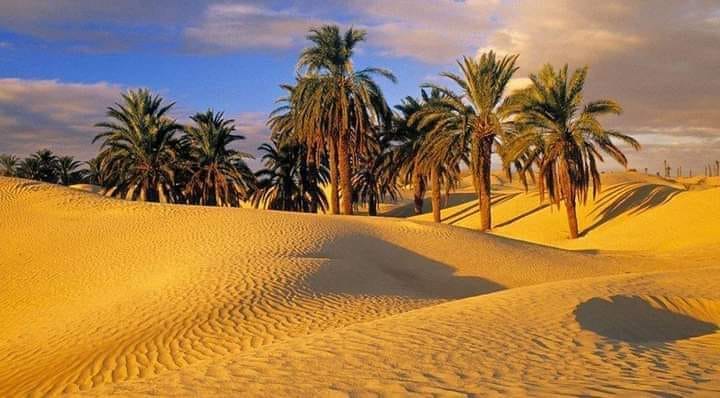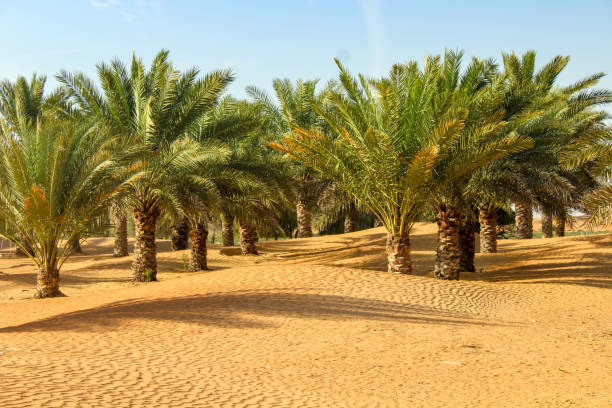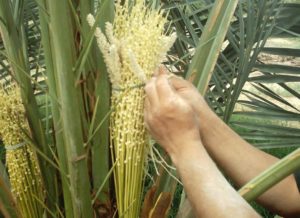Economical challenge
The oases Deglet Nour extend from the bottom of Shatt al-Jerid to Qasr Ghaylan, east of Douz, to Rejim Maatouk, west of Douz. Today, they produce about 60 percent of the national product of dates, basically Deglet Nour, and are known for their high quality, especially in sandy areas such as Zaafaran, Ghademah and Rejim Maatouq. The oases of Deglet Nour of Kebili represent the amazing ability of man to challenge the cruelty of nature, the oases today look like carpets scattered among the sand or a wonderful painting. In the midst of the sand dunes extending from Shatt el-Jerid to the borders of Algeria and Libya, you can see nothing but sprawling oases. The interest in palm cultivation since the eighteenth century, before it became a structured agricultural activity since the beginning of the twentieth century. The oases with Souk Qibli and Souk Douz are a qualitative leap in the history of the region
An ecological outlet….and a haven in the desert lands
Although the old oases of Qibli have lost their productive capacity due to water scarcity, aging palm trees, and salinity of the land, which needs to change the soil and renew trees, a project that farmers have been waiting for for many years. And others are a space for the soul in the hot summer, so whoever enters it is as if he entered a refrigerator from the cold breeze, water canals, shades, fig trees, grapes and apricots that were abundant in the past.

